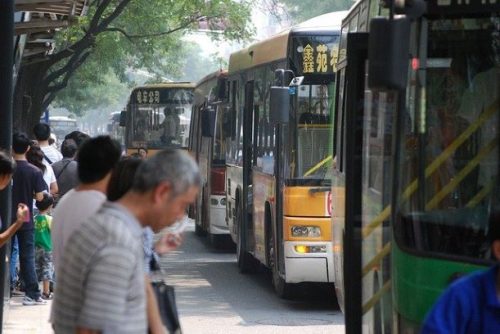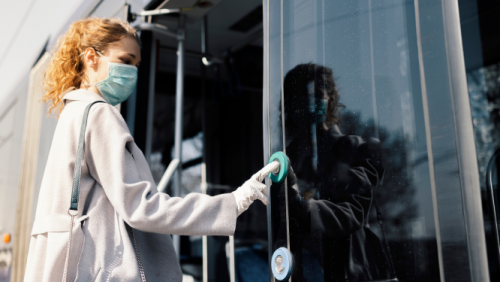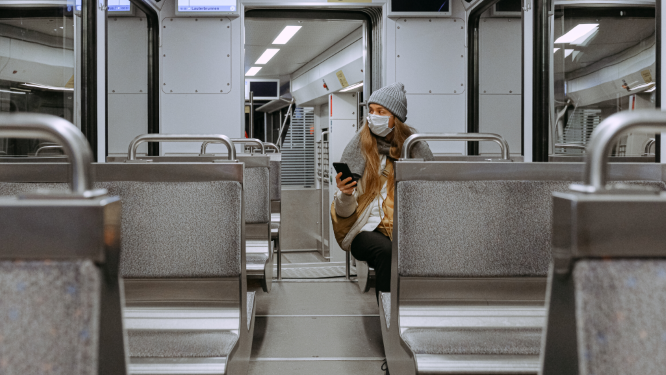The current coronavirus pandemic forces public transport planners to come up with quick solutions that ensure the health safety of passengers and staff. One of the main challenges is to comply with social distancing and safety regulations, while keeping complex transport systems efficient and “mass”.
Suspensions of public transports systems began in China in late January. As the coronavirus spread globally, lockdowns soon affected most mass transit systems. In many urban centers, ridership sunk to a fraction of its normal levels. In some countries, authorities allowed only passengers deemed as “essential workers” to use trains, metros and busses.
Recent weeks saw many of the affected countries relaxing lockdown measures, and allowing more people to go back to work or travel around. Despite this, many challenges remain for passengers of public transport: there are caps on the number of passengers allowed in train wagons or on buses; entering main stations is often slower because of body temperature checks; and the still-low demand for services led many operators to run reduced schedules.
In addition, the concern for the safety of public transport employees is another challenge for operators. For example, in some bus systems there is an urgent need to install barriers between the drivers and the passengers, and to look for alternatives to hand-to-hand cash payments.
Fortunately, there are technology tools that support planners as they work to create efficient public transport in the covid-19 era.
Social distancing in stations

For and foremost, planners need to consider that social distancing in public transport will remain a necessity for some time. And this includes preventing the crowding of passengers in platforms or at stops, during waiting times for trains or busses.
For passengers, one solution can be existing transport apps, that provide real-time updates. The commuters can then arrive at the stations or stops in proximity to their mean of transport, avoiding a long wait where social distancing might not be kept.
Other initiatives are aim at ensuring the safety of transport workers. Belgium railways is testing cameras with sensors, to ensure employees are using the appropriate protective equipment and respecting social distance.
While many tools are under development, it is already clear that transport operators have to rely on technology, including artificial intelligence, to ensure health safety.
These tools allow transport planners to identify overcrowding patterns and adjust the service to spread out the passenger loads. In addition, they will help adjust the number of trips and vehicles to avoid overcrowding, especially during rush hours.
In many major cities, authorities also encourage commuters to walk or use bicycle, to decrease crowding in public transport. Even cities in Latin America with poor bicycle infrastructure, such as Bogotá, México City and Santiago de Chile, now encourage a change in mobility culture and more bicycle use.
Tech to protect lives
Public transport authorities are looking at tools that allow to electronically identify areas in which social distancing is not kept. The aim is that these systems then generate alerts, so action can be taken to safeguard the health of users when they are waiting in bus stops – as well as and pedestrians walking nearby.
Some of the tools being tested show promising signs of success. For example, PTV Group developers have recently used a pedestrian simulation software to simulate many scenarios of pedestrians practicing social distancing. The simulation included some proposals for social distancing, such as one-direction sidewalks, and ways to maintain a two-meter distance between pedestrians.
It is also possible to prepare for the changes in demand and supply of public transport during the post covid-19 era. For example, authorities can use PTV Visum to plan the number of buses needed to comply with regulations allowing for limited number of passengers in each vehicle. They can also use the modelling with this software to plan how to satisfy user demand.
PTV Optima, another software solution of PTV Group, helps to electronically notify the number of users in a transport unit, such as a wagon or bus. Thus, it helps planners manage in real time the capacity of mass public transport modes.

